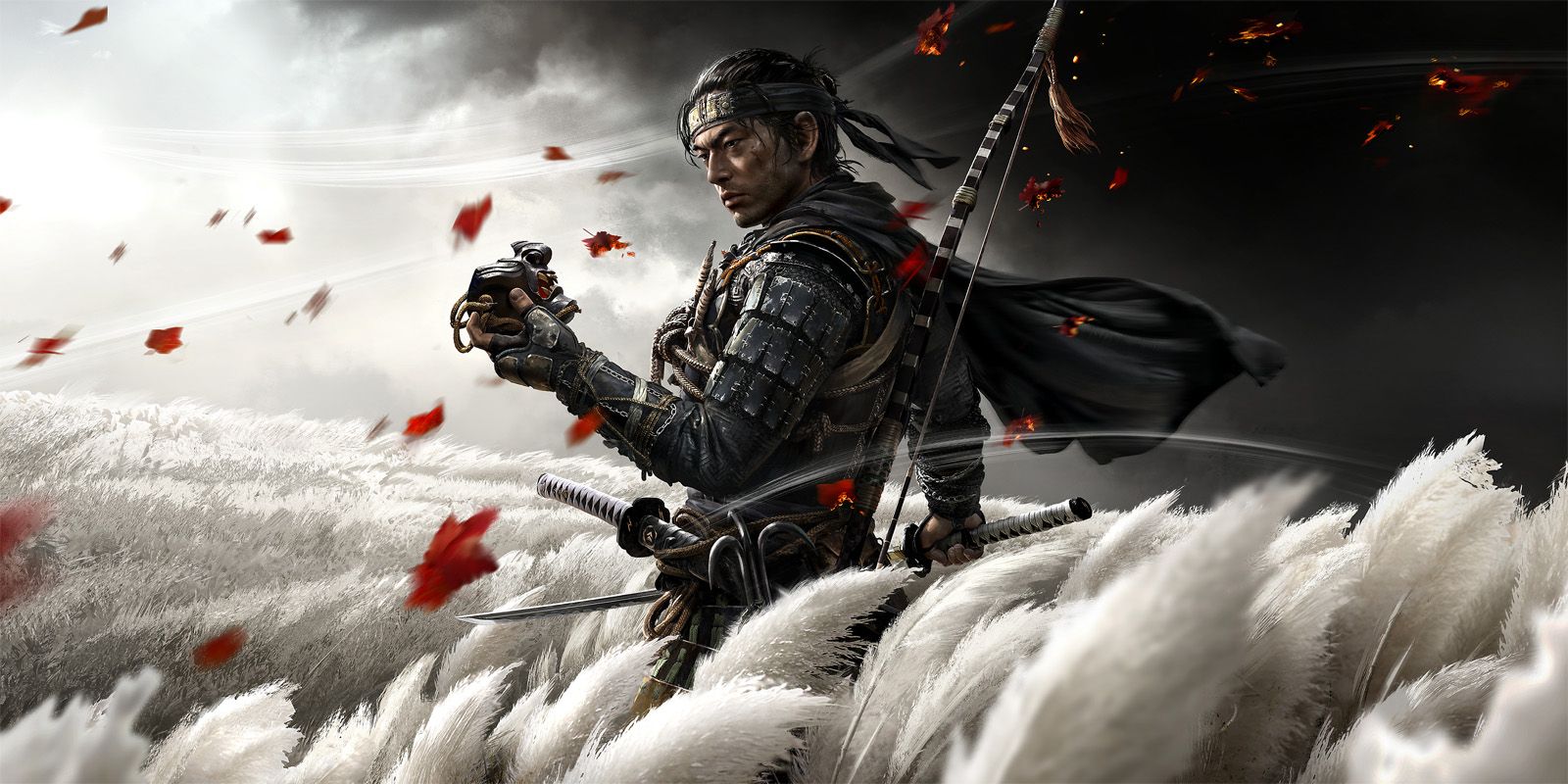Historical accuracy rarely becomes a core design principal for history-related games, and Sucker Punch Productions’ new game Ghost of Tsushima is no exception. Over the course of numerous interviews, the company’s creative leads have stressed time and again that their goal was not to realize thirteenth century Japan the way historians have described it so much as pay homage to the way it has been represented in the works of master filmmakers like Seven Samurai director Akira Kurosawa.
Of course, even Kurosawa’s works contain a kernel — if not multiple kernels — of historical truth. Without a strong enough grasp of past events, historical fiction becomes regular fiction, and even the most engaging stories stand out poorly against dead backdrops. In order to create “a game in an original story but taking place in a real historical time,” Sucker Punch consulted two samurai experts to ensure that gameplay was firmly grounded in reality.
But what about the world in which that gameplay takes place? Ecologically speaking, not really. For variety’s sake, open world games often pack different environments together that normally would not blend together as quickly or as seamlessly. As far as actual real-life locations are concerned, however, Ghost of Tsushima actually features some places that actually existed back in the thirteenth century and still exist today, including Castle Kaneda. Built during the Yamato period of Japanese history, this construction — now reduced to ruins — can still be found in Tsushima today.
Elements of Historical Accuracy in Ghost of Tsushima

Sucker Punch also paid attention to the social, economic and cultural developments that were going on in the region at the time during which the game is set. As players know all too well at this point, the plot of Ghost of Tsushima revolves around the first Mongol invasion of Japan, and the emotional hook, line, and sinker of that plot comes from the samurai’s struggle to hold back a lawless aggressor whilst upholding their own, strict code of ethics.
These ethics, though often amplified in artistic adaptations for dramatic effect, are taken straight from the history books. In Ghost of Tsushima, players are given the choice to let a wounded opponent go, or kill them with a finishing blow that puts them out of their misery — mental misery, that is. As martial arts expert Paul O’Brien told The Sixth Axis, students from various schools of Japanese fighting styles are instructed to deliver killing blows to injured opponents, something which is “seen as a form of compassion.“
Sucker Punch also aimed for some degree of historical accuracy with their items, weapons, and armor in Ghost of Tsushima, including the player character’s ability to use gunpowder. While gunpowder was not incorporated into the samurai’s combat methods until several centuries after the Invasion of Tsushima, it was first introduced to the island-nation by the Mongols. Rather than stocking Jin’s arsenal with the material from the start of the game, Sucker Punch made sure those who play Ghost of Tsushima must first acquire it from the foreign invaders.





